
Listen to this post
Herdedwords.com uses affiliate links. This means we receive a commission on the sale of certain items. This is at NO additional cost to you. Visit the policies page to learn more.
You’ve mastered the main plot. You know what main plot you want for your novel. But what about subplot? Or subplots?
Subplots are just like smaller-scale main plots but their job isn’t to be the story. Their job is to enhance the main plot.
Subplots will follow a similar structure to the main plot – something happens (an inciting incident), which leads to a buildup of conflict until the climax. Then there’s some falling action and resolution.
Subplots will be less detailed than your main plot.
Table of Contents
What Subplots Do
Imagine reading 100,000 words on one singular plot. To get to that length, it would likely involve a lot of boring details.
Short stories generally have one plotline and tend to be a maximum of about 8,000 words. An adult novella will cap out at 40,000 words (often they’re much shorter than this) and have at least one subplot.
A full-length novel? It will need multiple subplots. Each subplot will do the following three things.
#1 – Drive the Main Plot Forward
Subplots exist in a variety of ways – but they should all have some effect on the main plot. The purpose of the novel, every word, is to drive the main plot forward. The subplot is no exception.
One of the biggest mistakes writers make with subplots is that they’re unrelated to the main plot. This doesn’t mean they need to be happening together, but in some way, the subplot must affect the main plot.
#2 – Increase Tension & Conflict
The Rising Action period of the main plot is all about increasing tension and conflict. Subplots are excellent tools to aid this goal.
Making sure that a subplot increases tension and conflict is not just good for the main plot, it’s good for the subplot as well. Tension and conflict will make your subplot more interesting.
#3 – Develop Characters
Subplots are great for developing your characters. Your characters will be in different situations with different people doing different things. This will provide you a lot more opportunities to show your characters’ personalities.
Types of Subplots
There are three main types of subplots: romantic, conflict, and expository.
Romantic Subplots
I’m talking about L O V E.
Romance is a common subplot in a lot of genres. Romantic subplots can easily be used to drive the main plot, increase tension, and develop characters.
However, make sure your romance isn’t a boring stereotype! Learn all about writing a stellar Love Interest character.
Conflict Subplots
Conflict can exist in many forms – between people, animals, objects, whatever.
Conflict subplots are ideal for creating additional conflict and tension in your novel. They’re usually excellent methods of character development as well. They may be weaker at driving the main plot forward – be sure you focus on this!
Expository Subplots
Having expository subplots is a great way to add in backstory. Using a subplot, instead of putting everything into the expository period of the plot, can improve the flow of the novel.
Expository subplots work especially well for getting to know a character better and showing the cause of something.
Expository subplots are excellent for character development. Make sure you’re including information that also drives the main plot forward and creates tension.
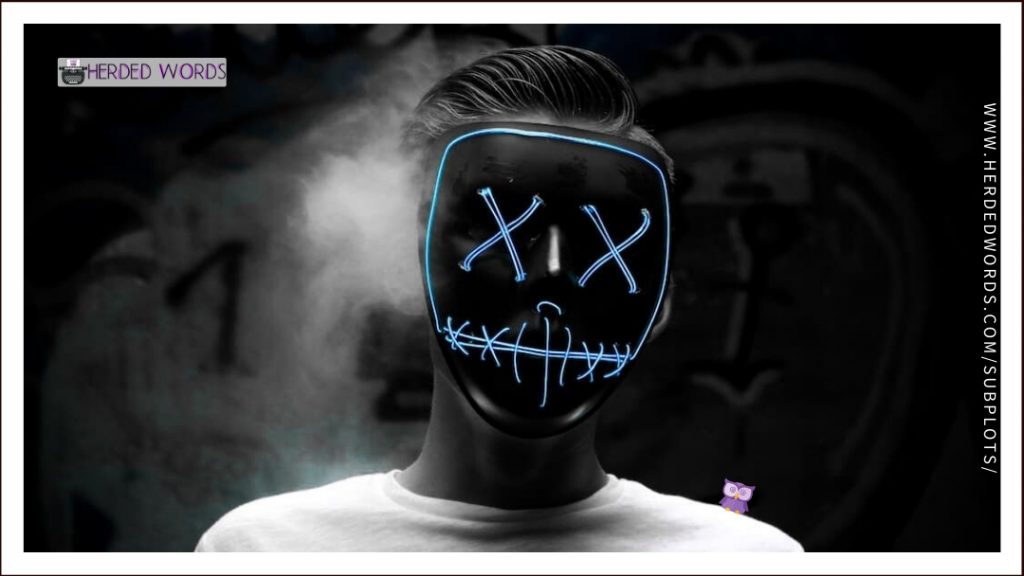
Three Popular Methods of Adding Subplots
Subplots can be added in any way you think works. Here are three of the most common ways subplots appear in novels.
Separate from Main Plot
You might want to write a subplot that is separate from your main plot. It runs along without touching the main plot for a period of time until they begin to merge together (usually at or near the climax).
In & Out
This is a great way to keep a secondary character out of the way. Characters can be given their own subplots that send them away from the main plot. They’ll return when needed (perhaps with some additional conflict or tension). You don’t even really have to write the whole subplot – but you can.
Sandwich
A sandwich subplot is when you introduce a subplot near the beginning of the novel and then leave it alone. It’s filled in with the main plot and other subplots. Then, near the end, you bring it in again. The subplot is the bread on either end of your sandwich.
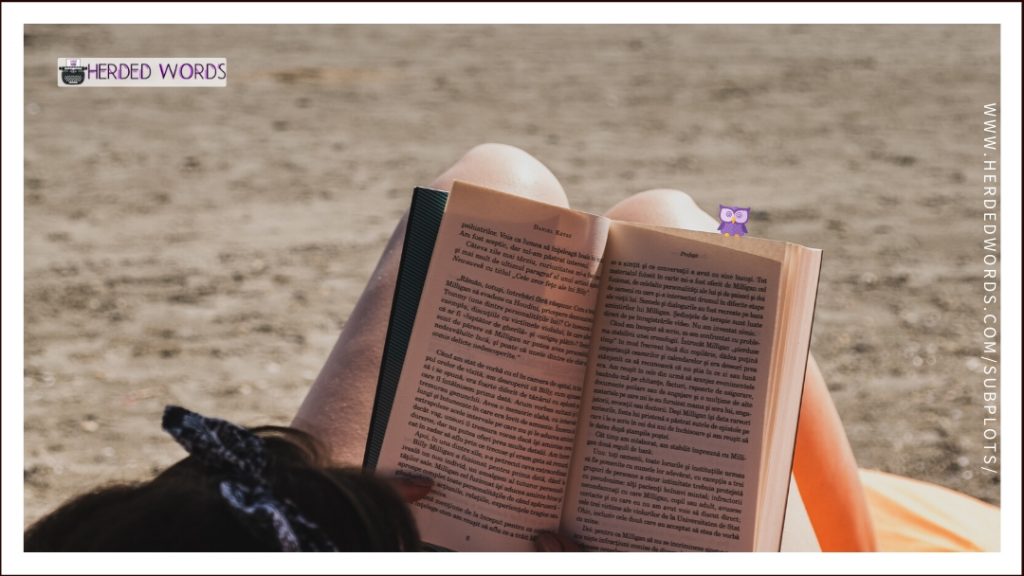
Subplot Examples from Bestselling & Award-Winning Fiction
Let’s examine some modern bestselling and award-winning fiction to see how they use subplots.
SHELTER IN PLACE
SHELTER IN PLACE, published in 2018, is a romance novel by Nora Roberts.
SHELTER IN PLACE spent 1 week at #1 on the NYT Bestseller List. Between 2009 and 2018, Nora Roberts spent a total of 29 weeks at #1 on the NYT Bestseller list (16 weeks as Nora Roberts + 13 weeks as JD Robb).
Subplot
Simone is finding herself as an artist & eventually decides to represent people from the shooting.
Type of Subplot: Expository
Subplot Method: Separate from the main plot
#1 – Drives Main Plot
This subplot does not drive the main plot. You could remove all instances of Simone’s art and the main plot would chug along just fine.
#2 – Increases Tension
There’s an instance where Simone’s art causes problems with her sister. Otherwise, it’s not generally used to build tension or conflict.
#3 – Develop Characters
Simone’s art is a huge contribution to her development. She develops in the novel from a non-artist into an artist. Simone uses her art to show who she is (to the reader, but often in the story as well).
SING, UNBURIED, SING
SING, UNBURIED, SING, published in 2017, is a fiction novel by Jesmyn Ward.
SING, UNBURIED, SING won the 2017 National Book Award for Fiction.
Subplot
Richie is a ghost who needs to know what happened to him so he can move on in peace.
Type of Subplot: conflict
Subplot Method: with the main plot
#1 – Drives Main Plot
This subplot helps develop the family dynamic. The main plot of the novel involves heavy emotion and Richie is a great method of manipulating emotions.
#2 – Increases Tension
Tension is increased for Jojo because he’s so sensitive to the feelings around him. Richie makes him doubt and wonder about his own family.
#3 – Develop Characters
Richie adds a lot of development to Jojo and Kayla, especially.
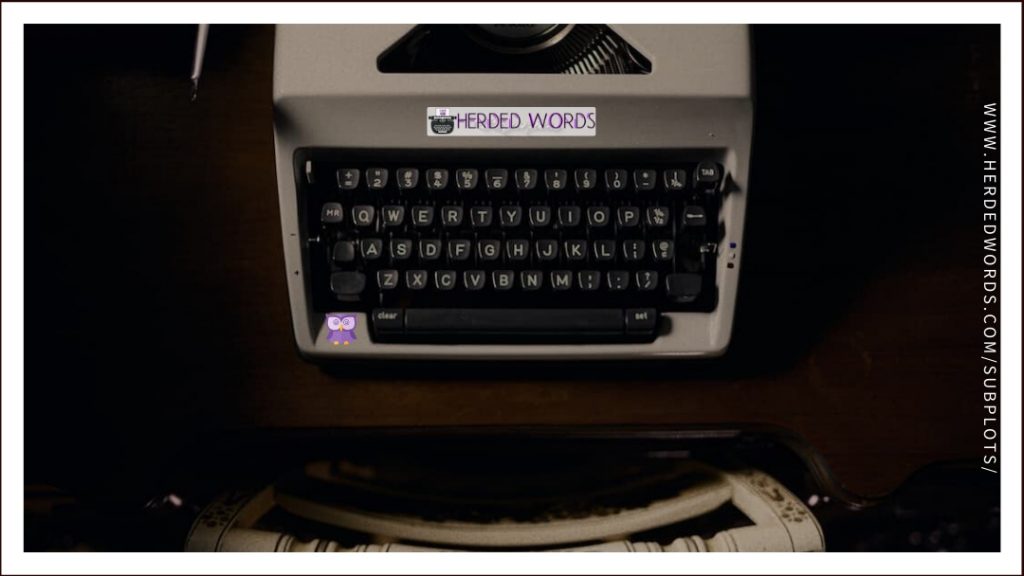
Writing Practice: Exercises & Prompts
Practice is the key to improving as a writer. Check out these exercises & prompts so that you can master subplots!
Exercise: Analyze More Novels
Every genre will be a little different. Choose some of your favorite novels and some novels in the genre you want to write in (if they’re different). Analyze a subplot from each novel.
- What is the subplot about?
- What type of subplot is it?
- Does it use one of the three methods, or something else?
- How does the subplot help drive the main plot forward?
- How does it add conflict and/or increase tension?
- How does the subplot develop characters?
Exercise: Adapt LITTLE RED
LITTLE-RED CAP is a simple fairytale that lacks subplots. Brainstorm at least 2 subplots you could add to the story.
Your task: Write a new scene (or adapt an existing scene) that features a subplot. It should be at least 400 words.
Prompt:
Every dragon is cursed to spend 50 years of every 500 as a human. Betty’s curse years should have ended yesterday.
Your Task: Outline a main plot and at least 3 subplot ideas that could work for this prompt. Write a scene of at least 400 words for one of the subplots.
More Than One Plot
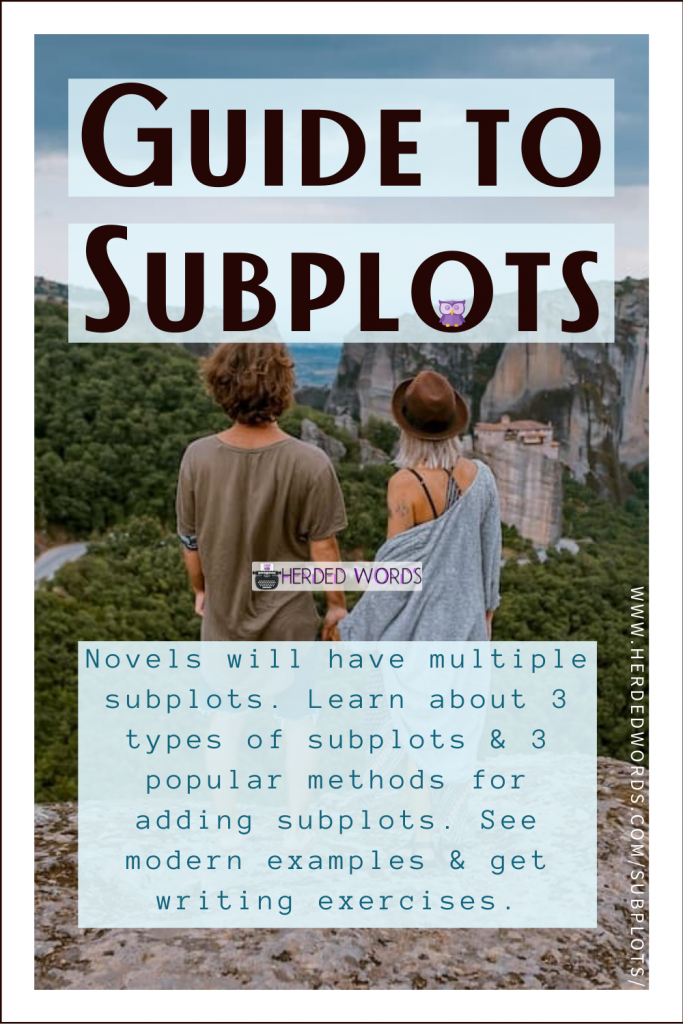
Every novel will contain subplots.
Follow this guide to write a variety of meaningful subplots in your novel.
You should be a plot master by now. It’s time to focus on your characters. Check out the 6 Essential Character Types for Every Novel next.
Like this post? Please PIN IT and follow me on social media. Thanks!
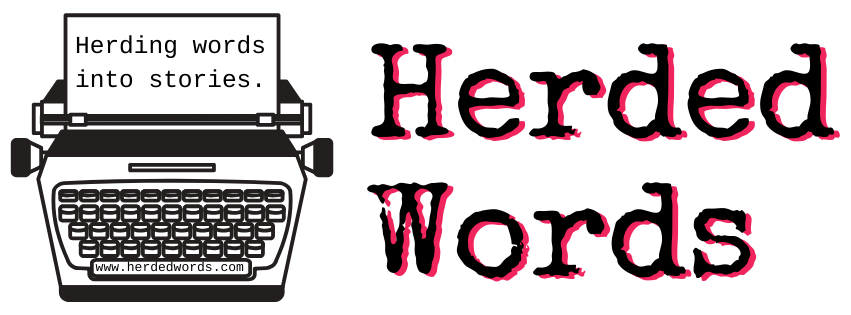
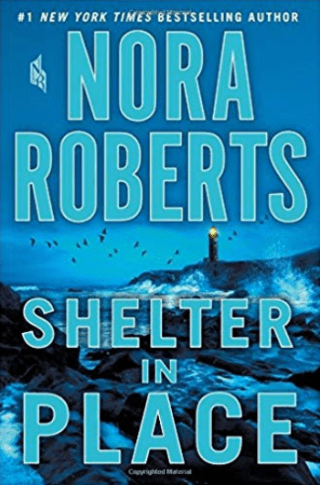
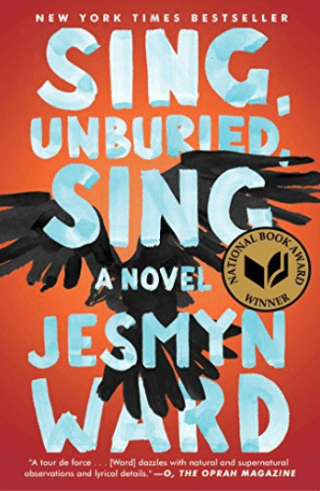








Trackbacks/Pingbacks